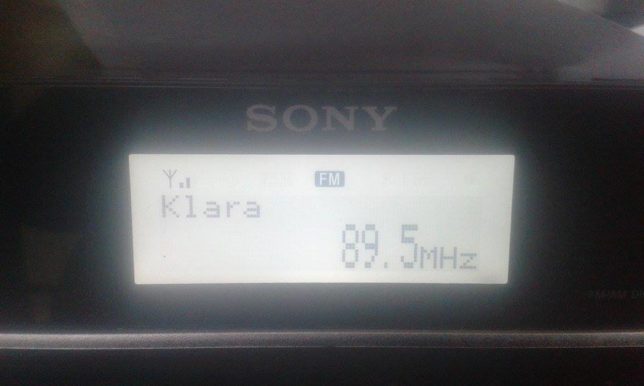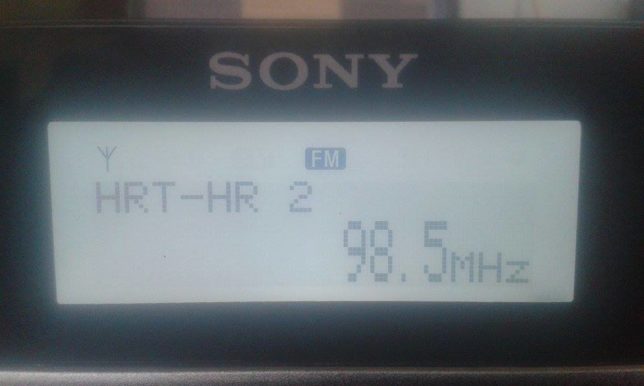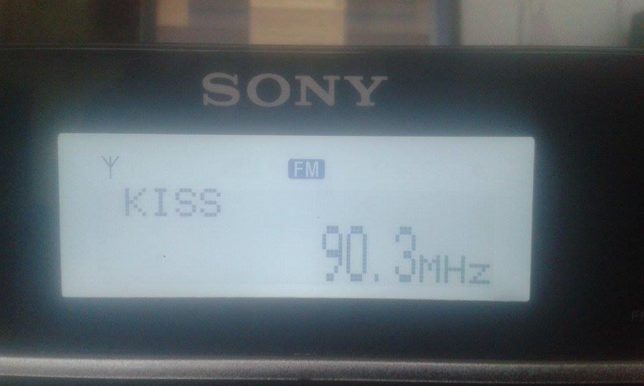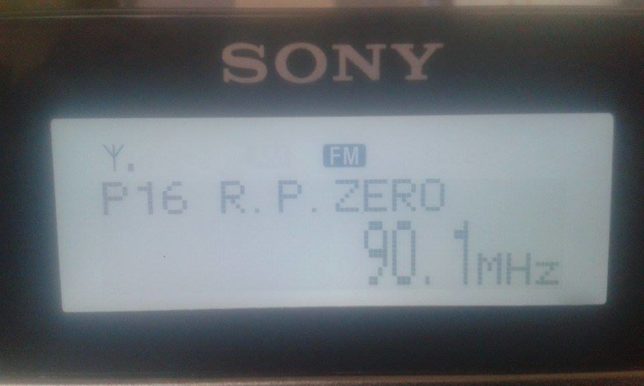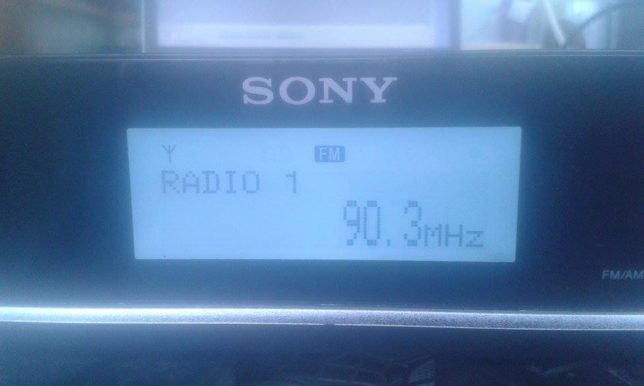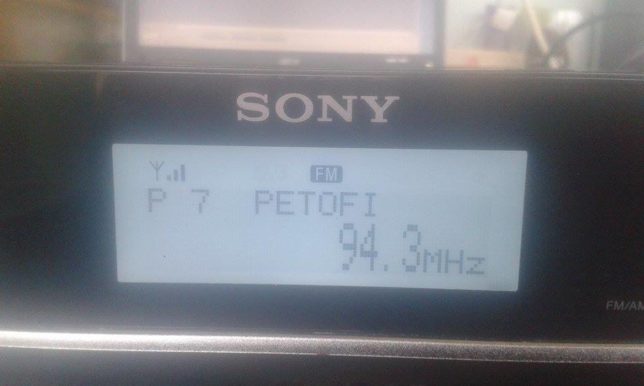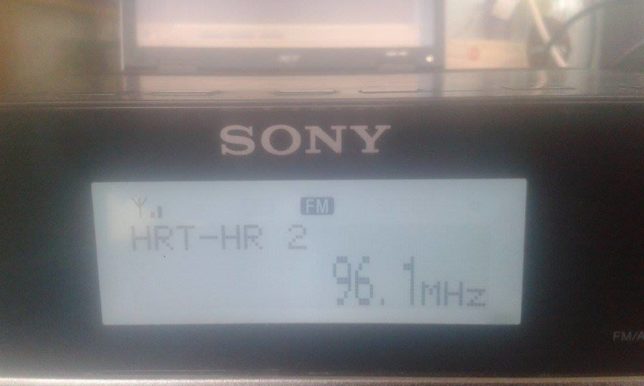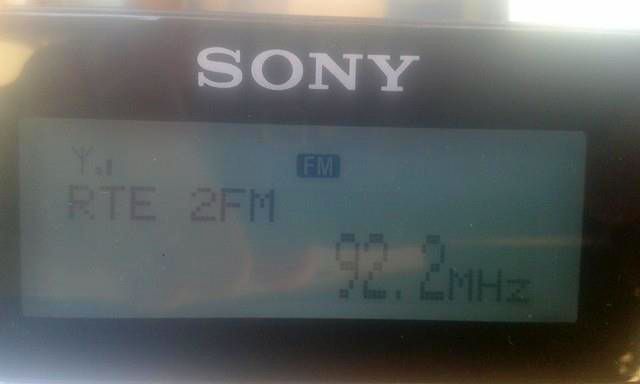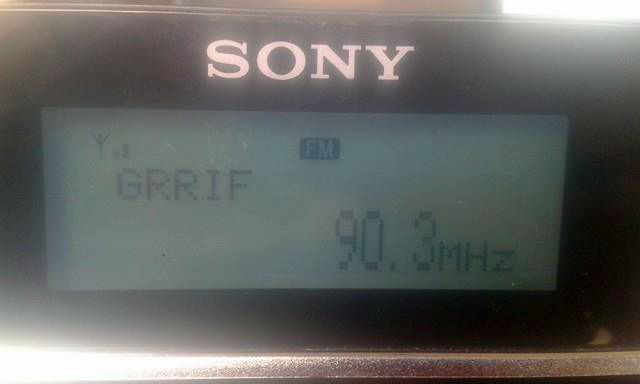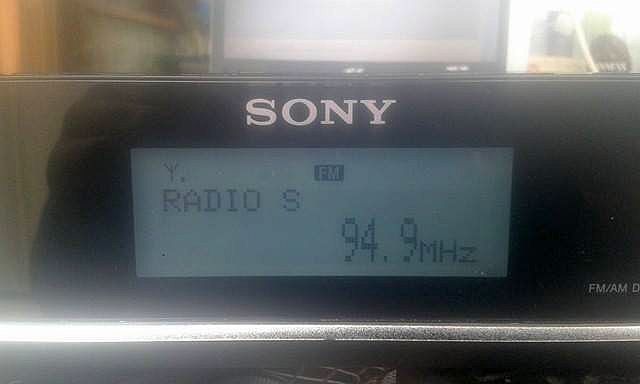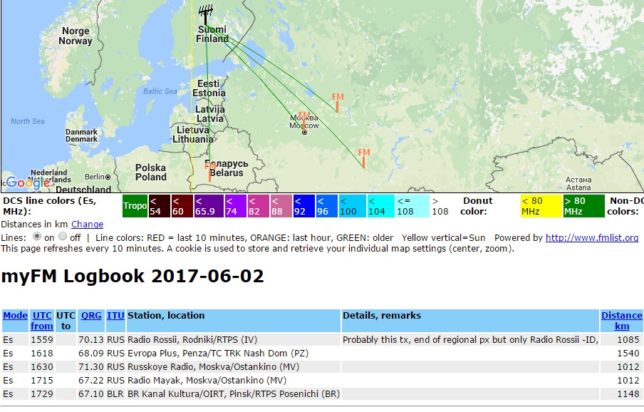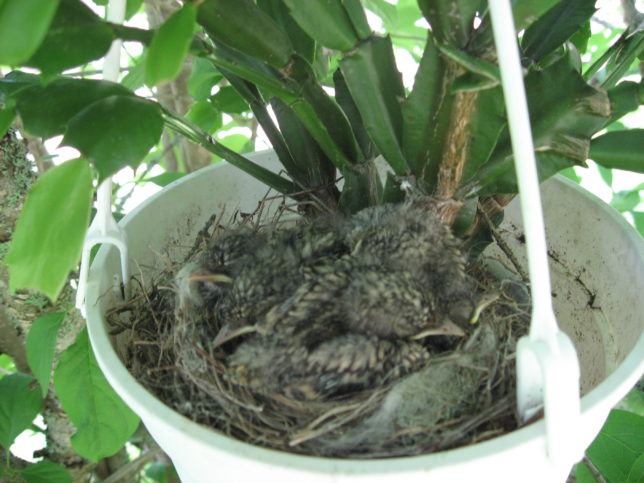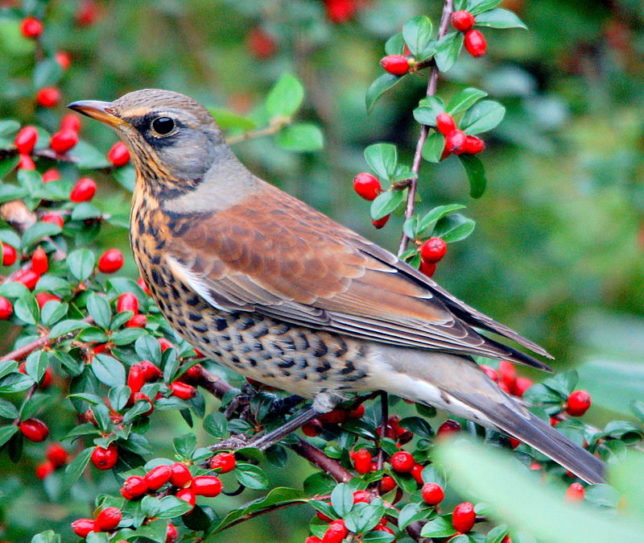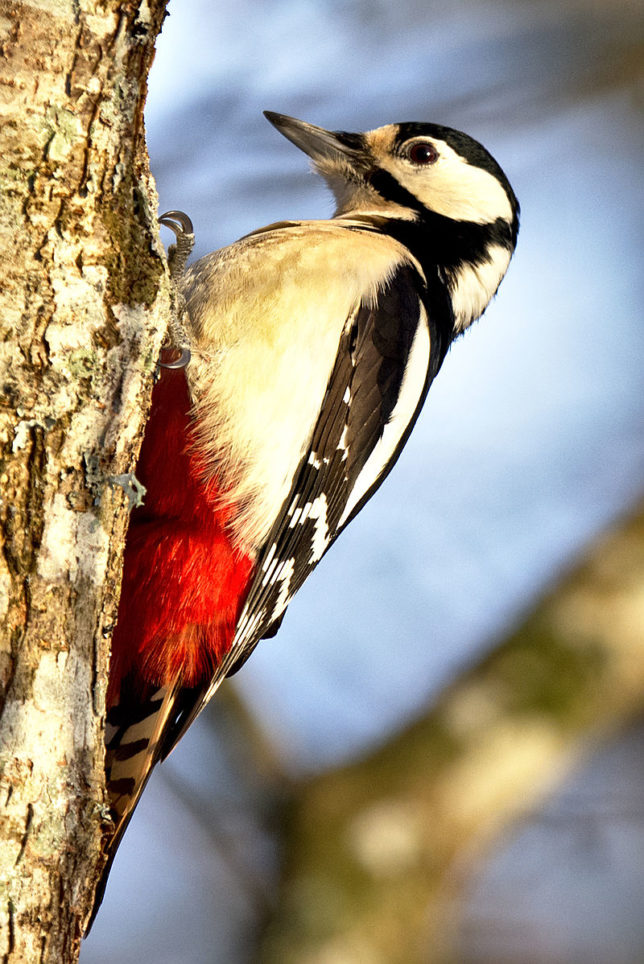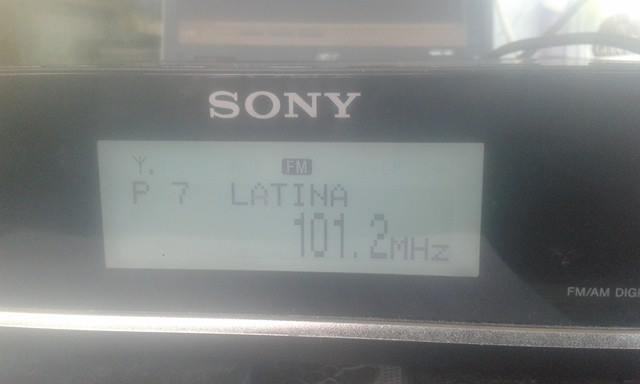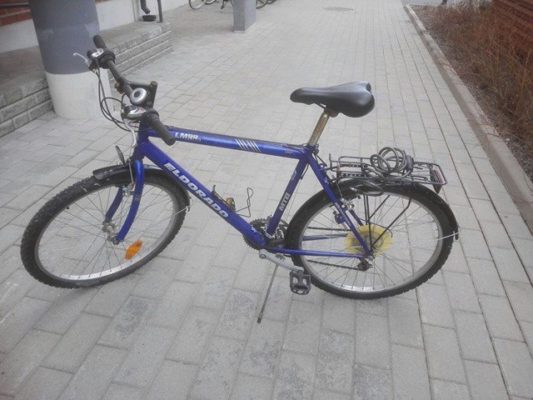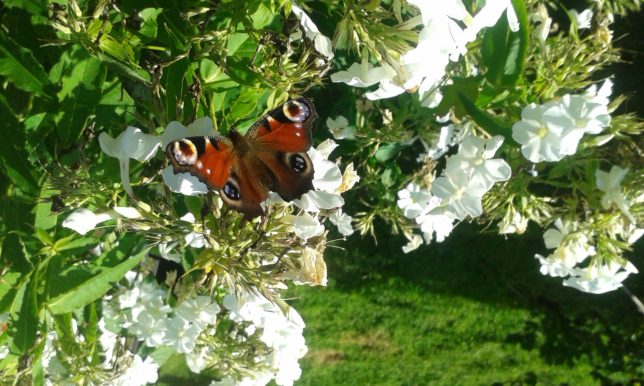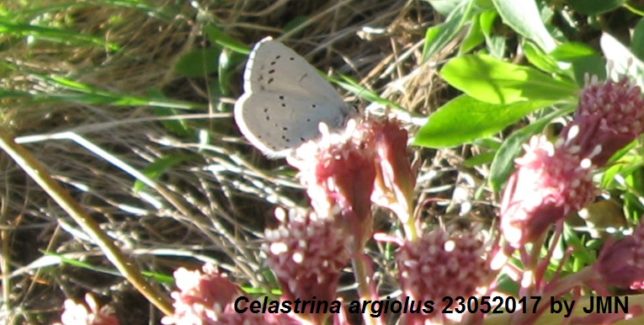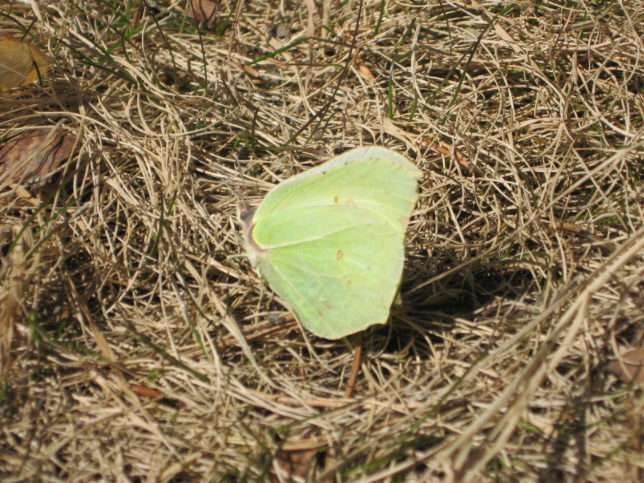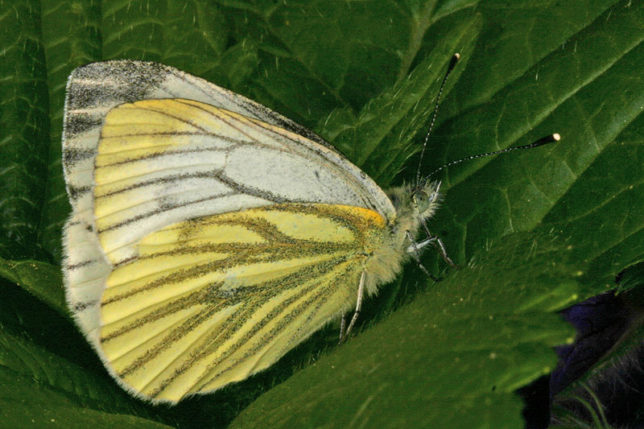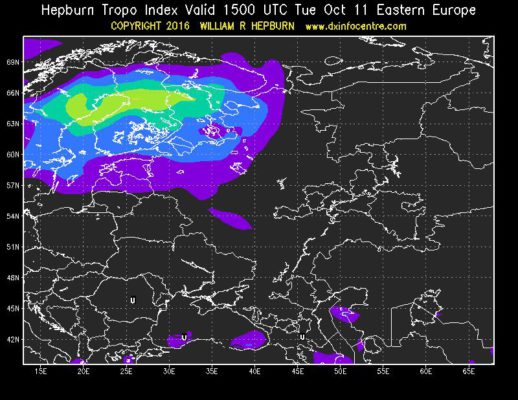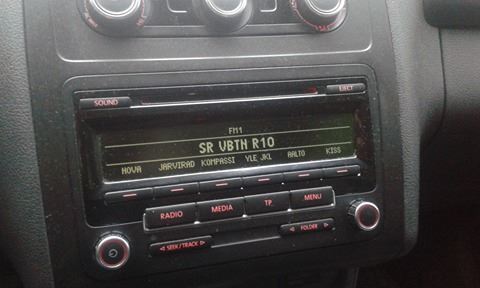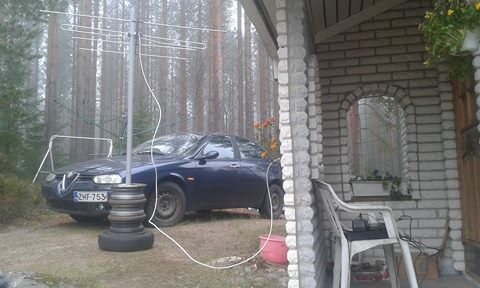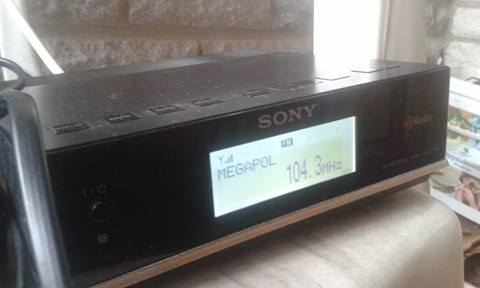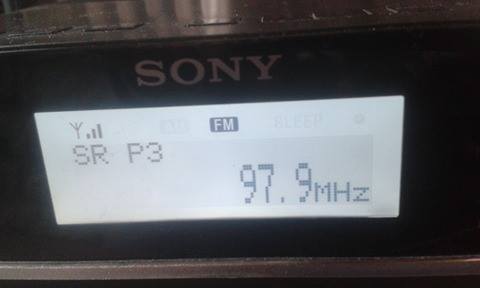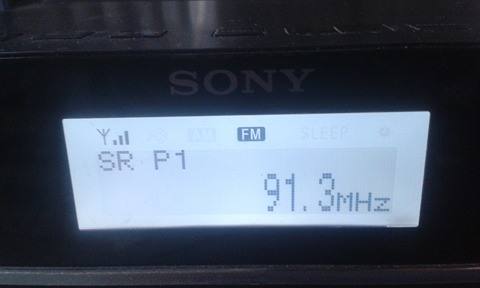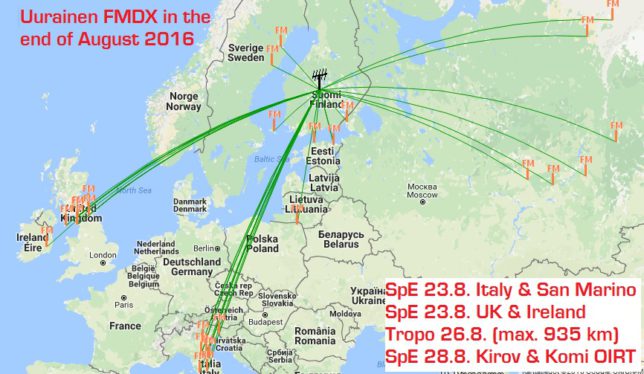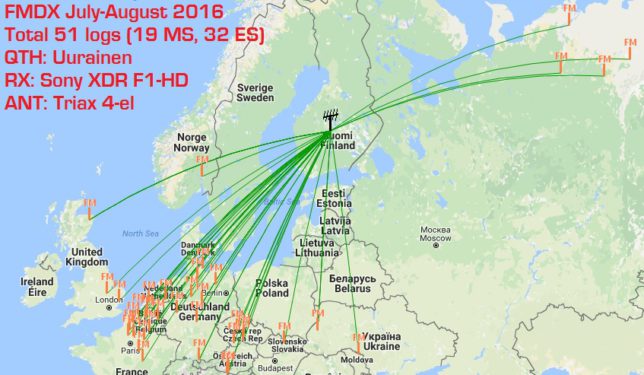Untill today, May has offered only small OIRT openings in Central Finland. Recently TUR and F have been logged in other parts of Finland. All these small openings made us to wait for something better.. Finally today we had a good opening from Orenburg/Kazakstan (till 108 MHz) to Donetsk/Ukraine (low band), then skipping to Romania/Czechia/Germany (MUF appr. 96), including Switzerland, ending to small low band F/BEL. The conditions started during the test of new antenna feed to my balcony QTH, timing was almost perfect – against the Murphy’s DX law when conditions begin during the antenna is under maintenance work 😛 My personal log will be updated here little by little.
Today’s highlights:
Italian language show(!) from Radio Aksay in Kazakstan (clip)
SUI for the first time with proper ID (Radio Pilatus 95.7 MHz)
Meanwhile ES has been far away, birds have been my favourite objects to catch througout air. Here are some more species seen this month:
Prunella modularis (Dunnock) has been a common guest in garden. They return here from Central or Southern Europe from March to May.
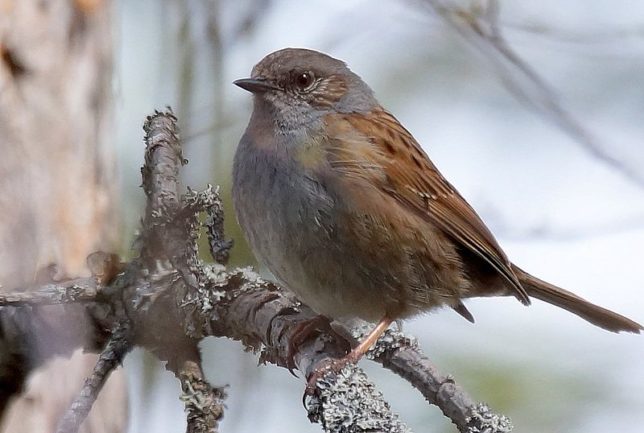
By Alpo Roikola – Oma teos, CC BY-SA 3.0, https://commons.wikimedia.org/w/index.php?curid=48112621
Corvus corone cornix (the hooded crow) and carrion crow (Corvus corone corone) are two closely related species. Roughly saying the fully black version carrion crow does live in England, France, DACH countries and Iberian Peninsula, meanwhile the grey version is found across Northern, Eastern and South Eastern Europe, as well as parts of the Middle East.
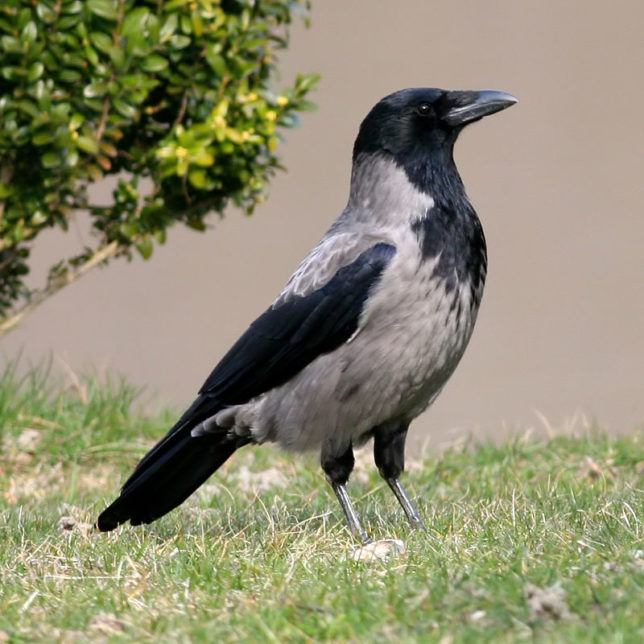
By Ken Billington – Praca własna, CC BY-SA 3.0, https://commons.wikimedia.org/w/index.php?curid=12342566
Pica pica (magpie) is one of the most intelligent birds, and it is believed to be one of the most intelligent of all non-human animals. At least it looks always elegant!
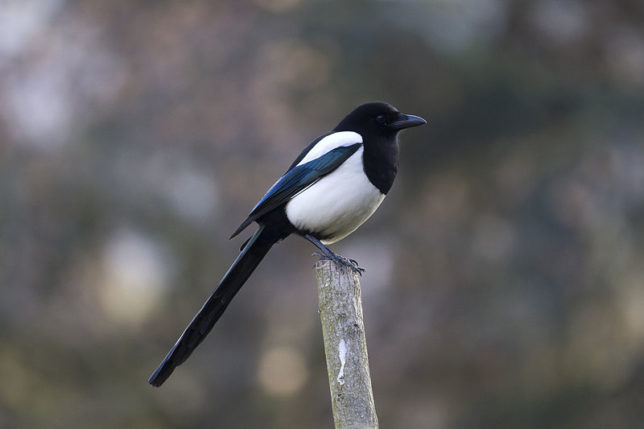
By Pierre-Selim – Flickr: Pica pica, CC BY-SA 2.0, https://commons.wikimedia.org/w/index.php?curid=19400996
Turdus iliacus (redwing) comes back from Western and Southern Europe during April.
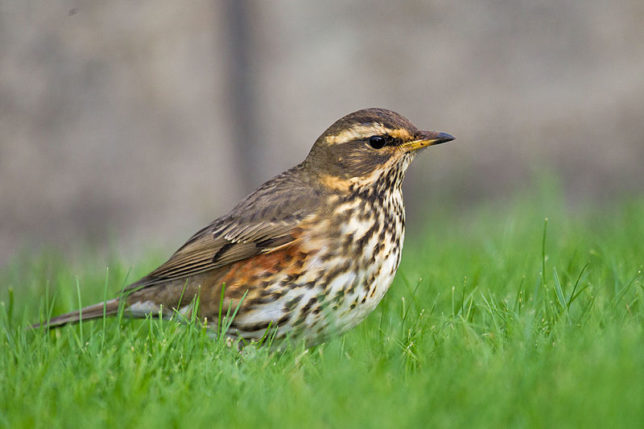
By Andreas Trepte – Praca własna, CC BY-SA 2.5, https://commons.wikimedia.org/w/index.php?curid=1907996
Anas platyrhyncho (mallard) is also known as wild duck.
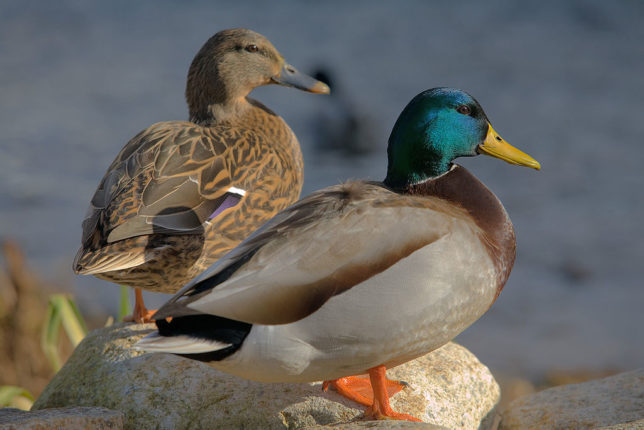
By Diliff – Oma teos, CC BY 2.5, https://commons.wikimedia.org/w/index.php?curid=490649
Bucephala clangula (goldeneye) is easy to recognize because of it’s white dot.
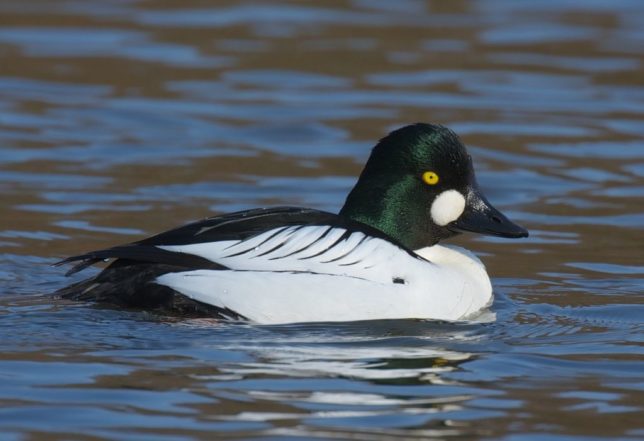
By https://www.flickr.com/photos/sbern/ – https://www.flickr.com/photos/sbern/13471929904/, CC BY 2.0, https://commons.wikimedia.org/w/index.php?curid=36391956
Motacilla alba (white wagtail) winters in Africa and returns in April to Central Finland. Traditionally it is said it takes just short time to summer from the first sight of white wagtail.
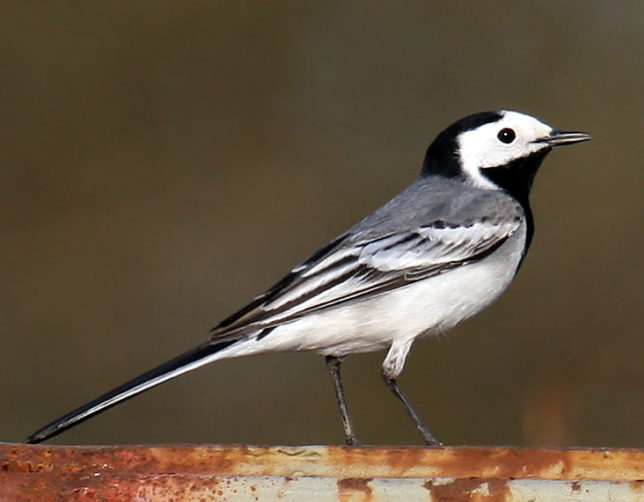
By Andreas Trepte – Oma teos, CC BY-SA 2.5, https://commons.wikimedia.org/w/index.php?curid=3800685
Phoenicurus phoenicurus (redstart) winters in Northern Africa. It is familiar in whole Europe.
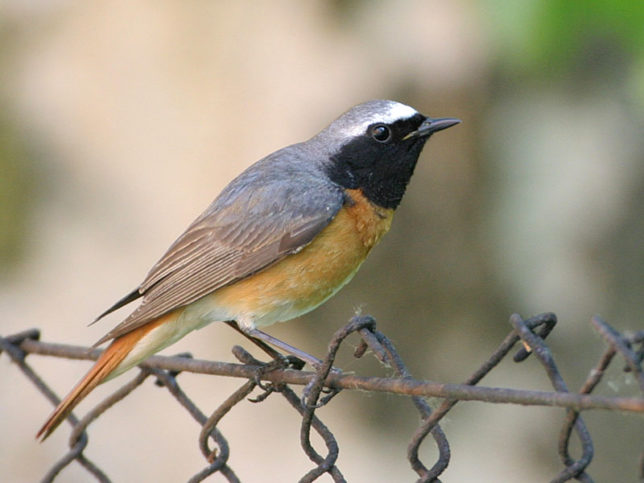
By Thomas Kraft (ThKraft) – Eget arbejde, CC BY-SA 2.5, https://commons.wikimedia.org/w/index.php?curid=2160906
Ficedula hypoleuca (European pied flycatcher) winters in Southern part of West Africa. It is known to attack and disturb other birds in different ways and a male may have two females. So kind of bastardo!
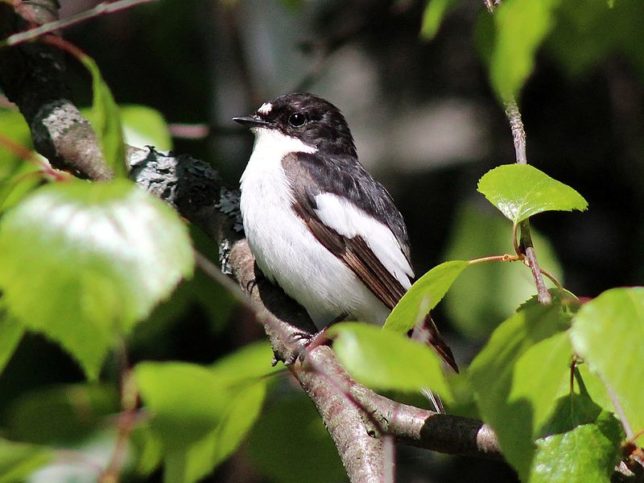
By Estormiz – Own work, CC0, https://commons.wikimedia.org/w/index.php?curid=19848601
Cuculus canorus (cuckoo) is the only voice-identified of these birds. It is difficult to see, but easy to hear. The male’s song, goo-ko, is usually given from an open perch. During the breeding season the male typically gives this vocalisation with intervals of 1–1.5 seconds, in groups of 10–20 (sometimes I have counted even more than 100!) with a rest of a few seconds between groups. The song starts as a descending minor third early in the year in April, and the interval gets wider, through a major third to a fourth as the season progresses, and in June, around the midsummer, the cuckoo ”forgets its tune”.
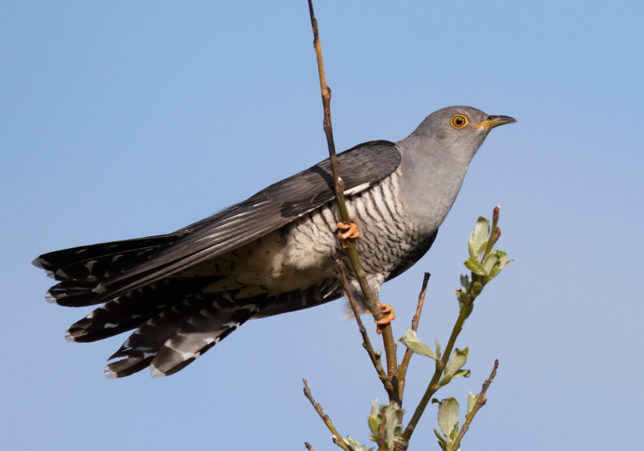
By Cuculus_canorus_vogelartinfo_chris_romeiks_CHR0791.jpg: Vogelartinfoderivative work: Bogbumper (talk) – Cuculus_canorus_vogelartinfo_chris_romeiks_CHR0791.jpg, GFDL 1.2, https://commons.wikimedia.org/w/index.php?curid=16077960
Actitis hypoleucos (sandpiper) is common in whole Europe.
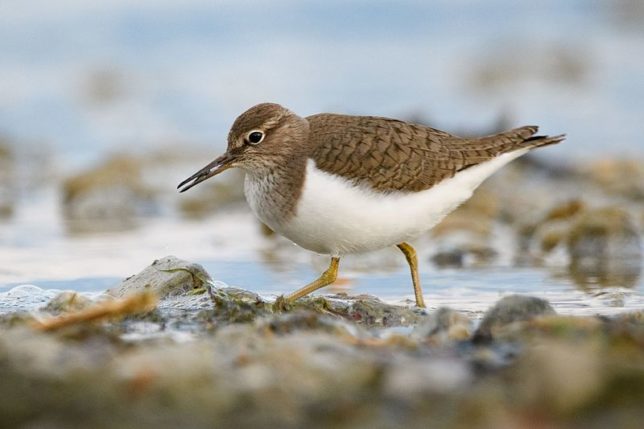
By Christoph Müller – Own work, CC BY-SA 4.0, https://commons.wikimedia.org/w/index.php?curid=58660296

